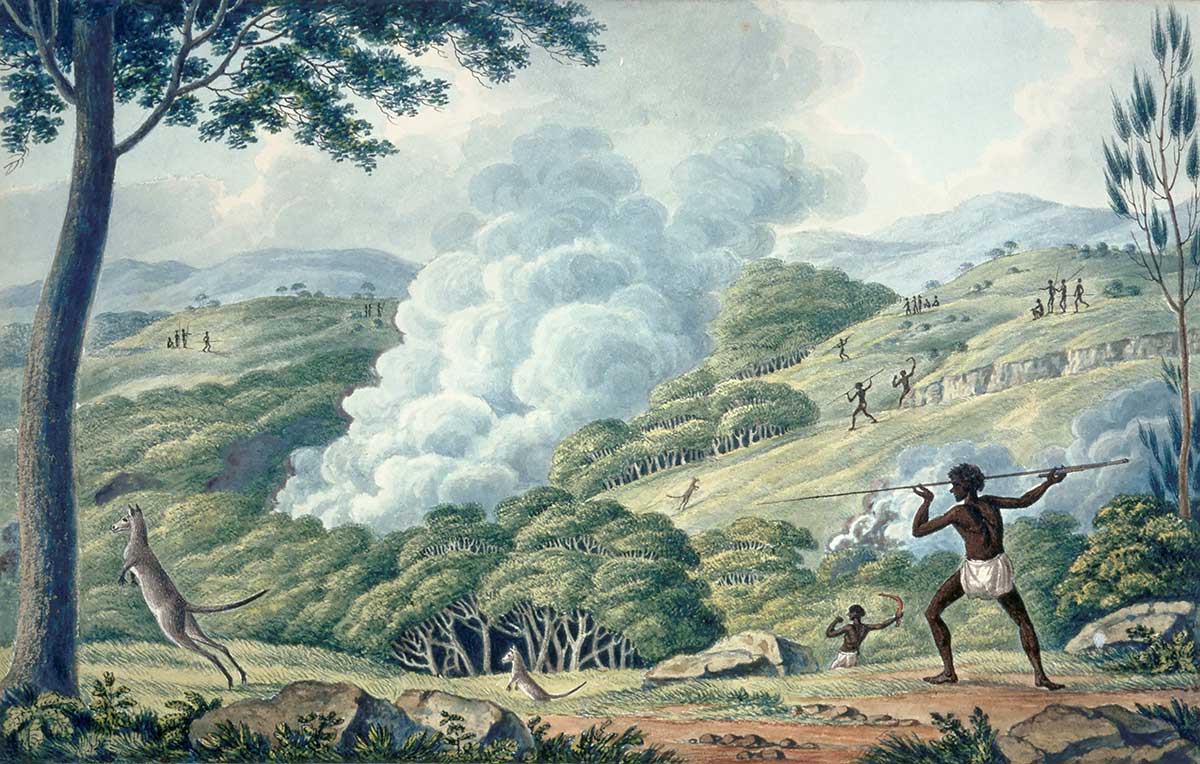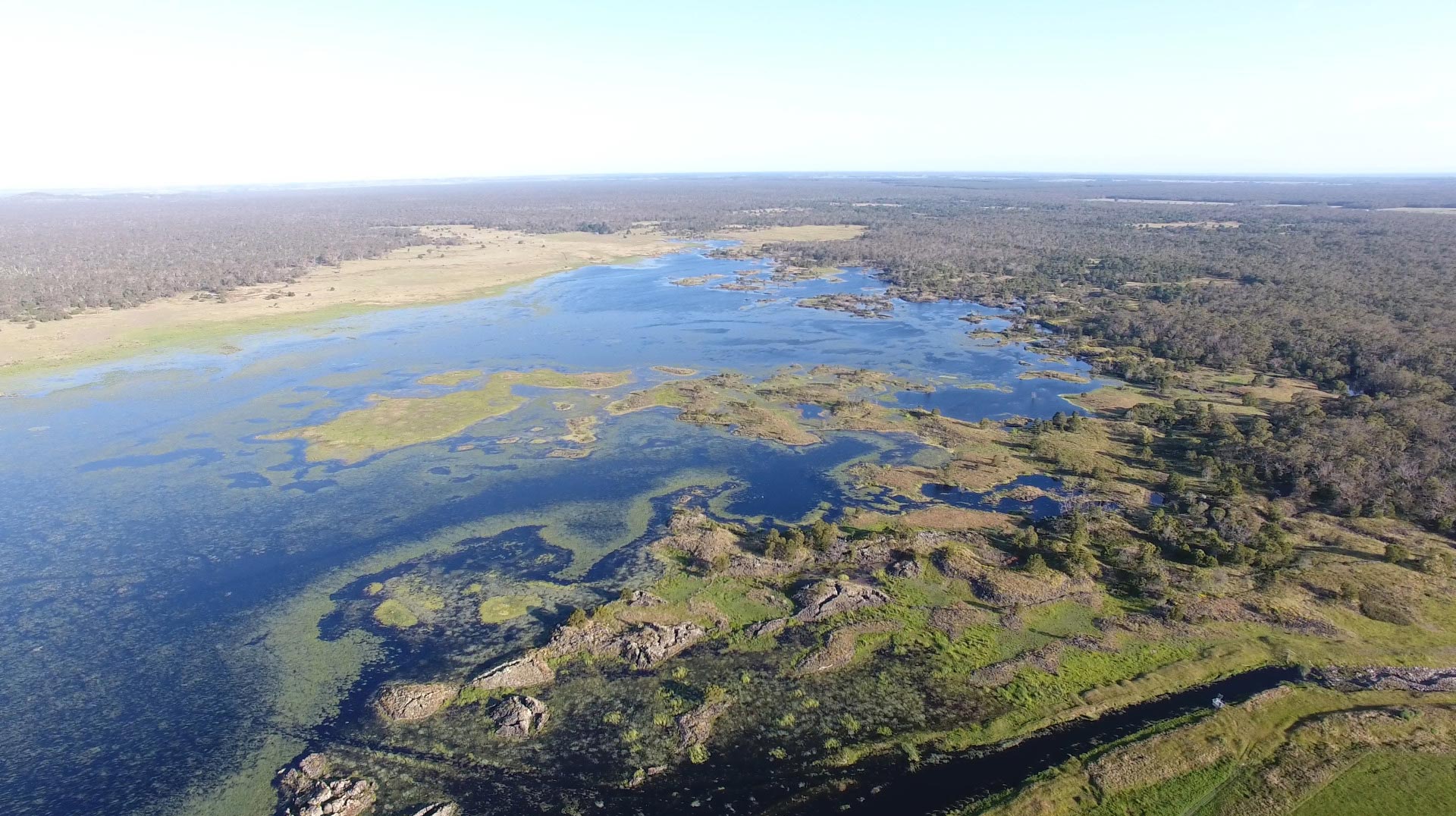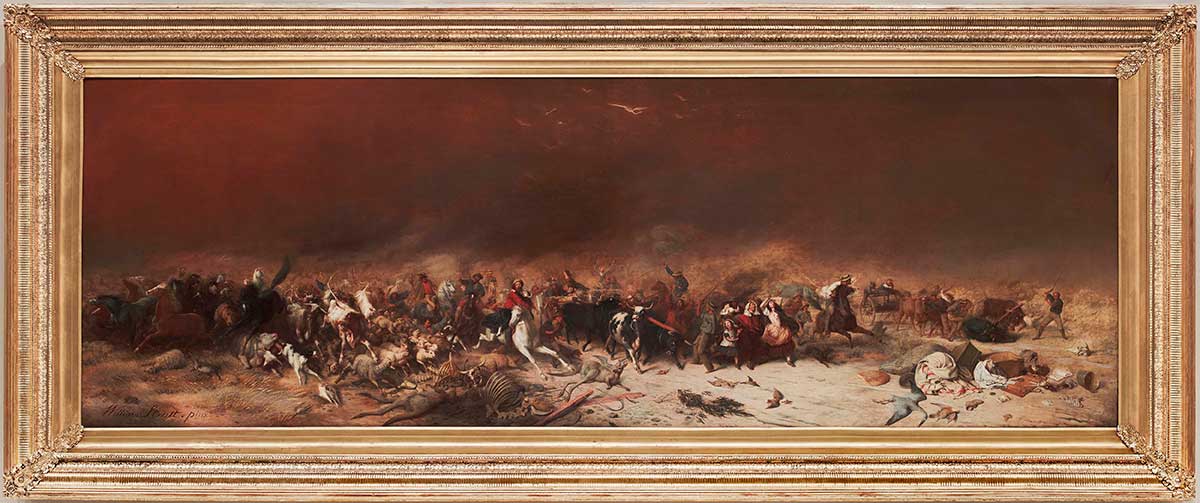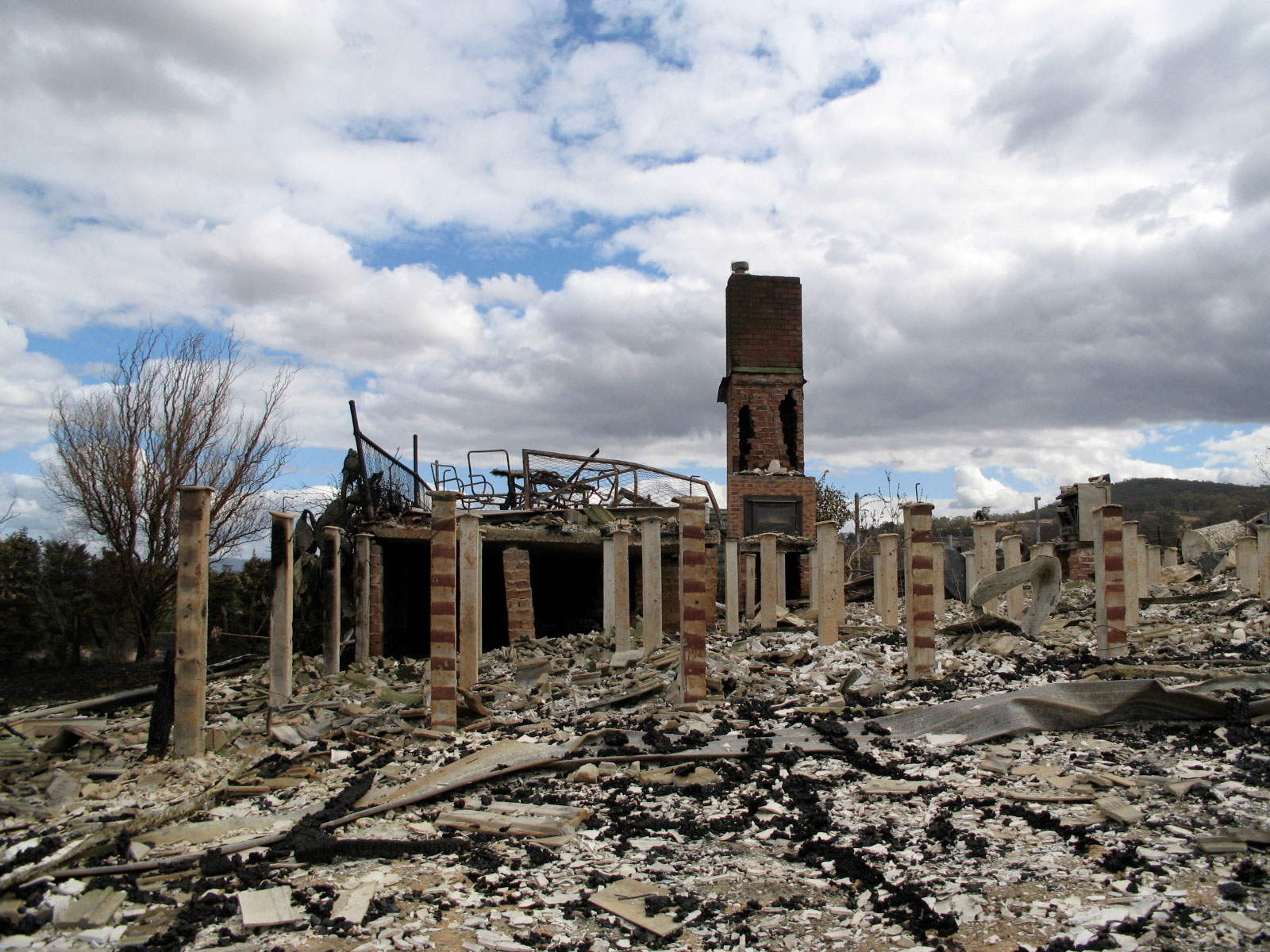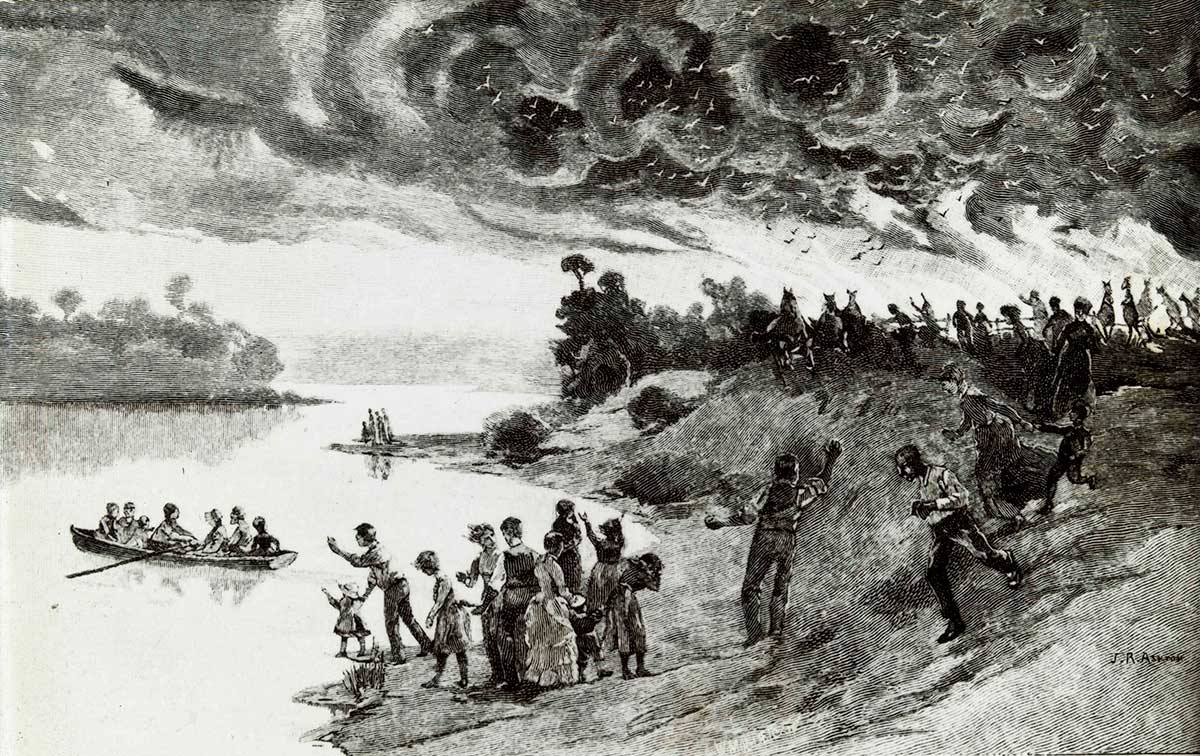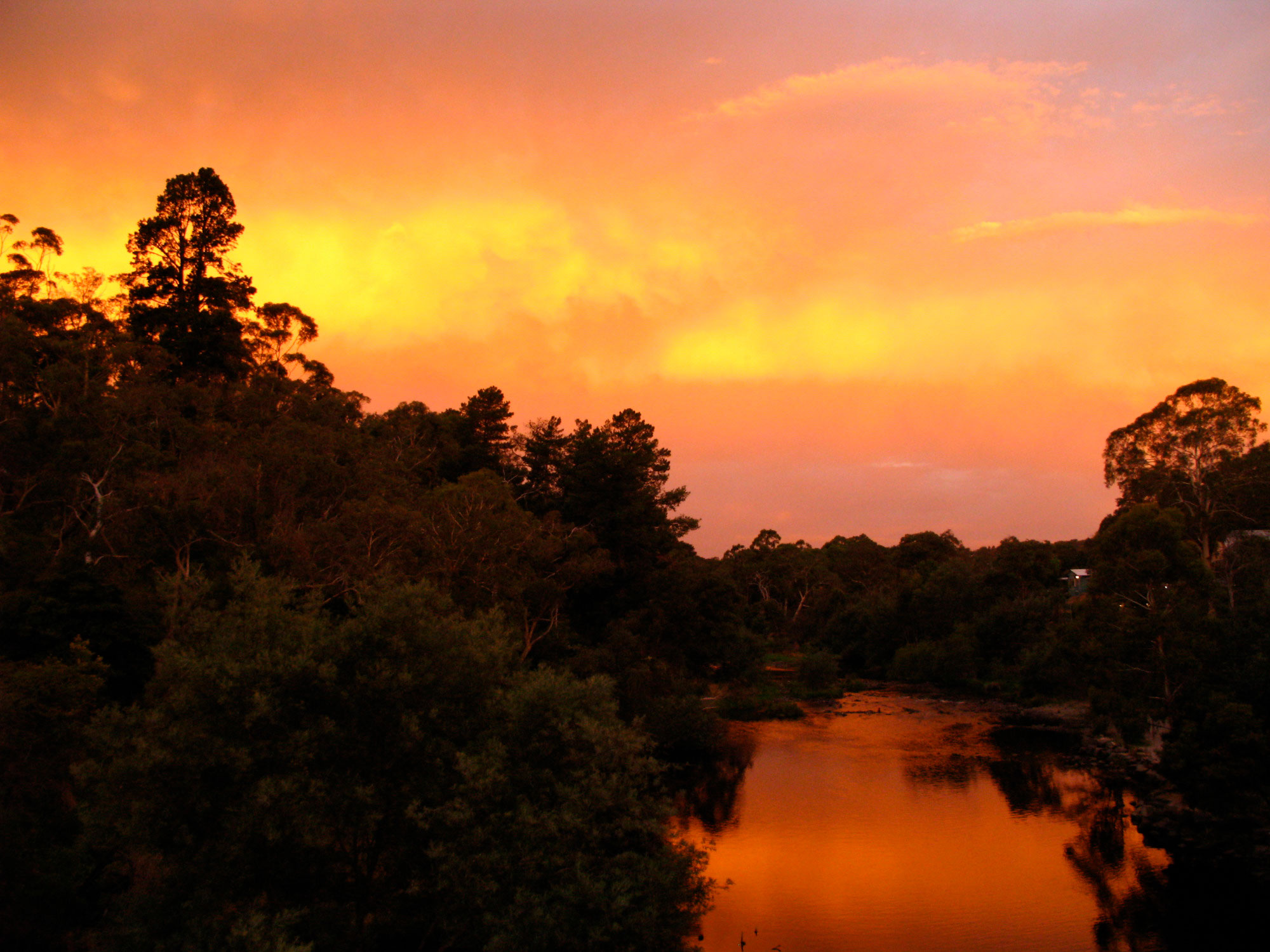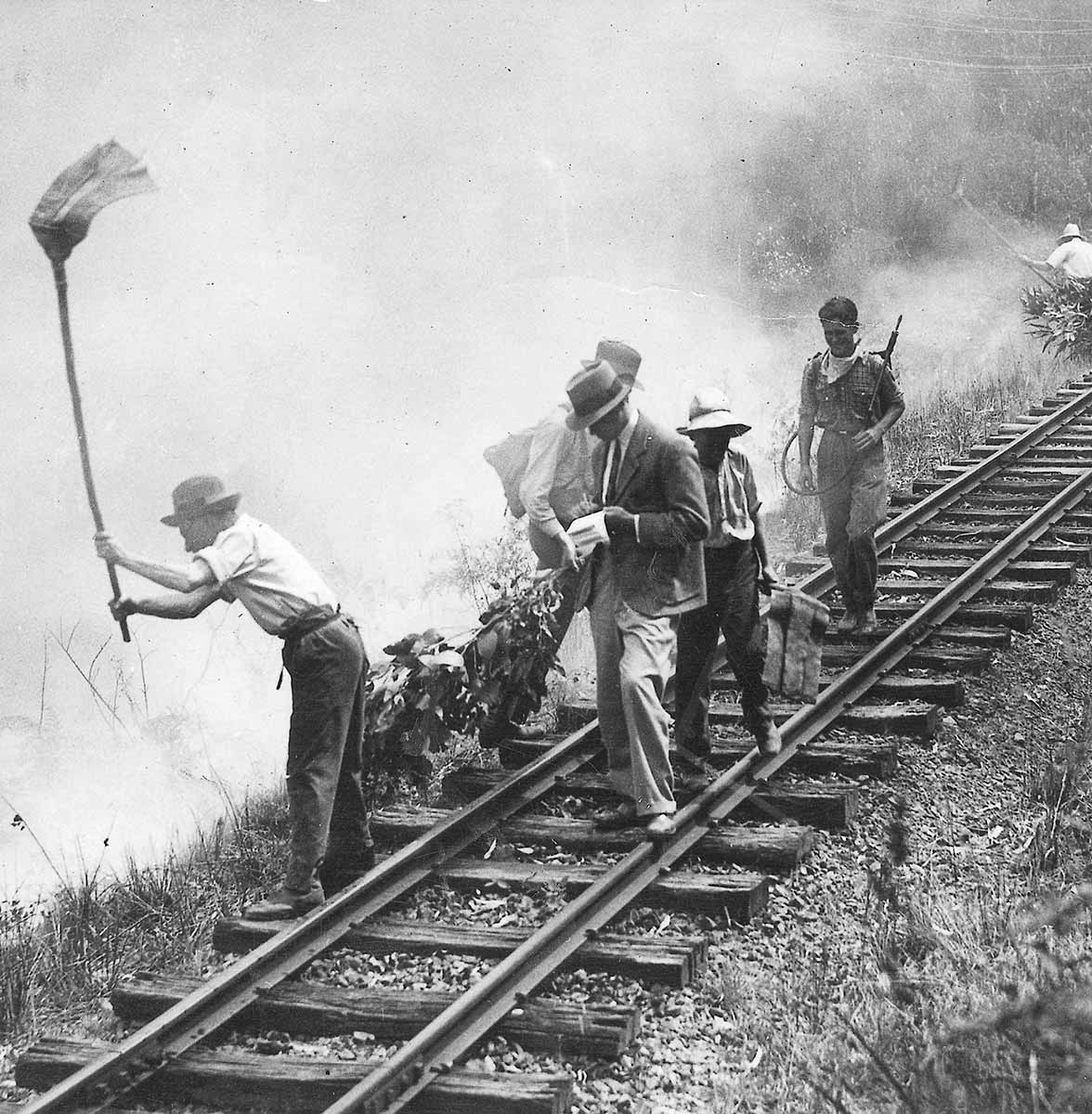Shaping places Defining Moments
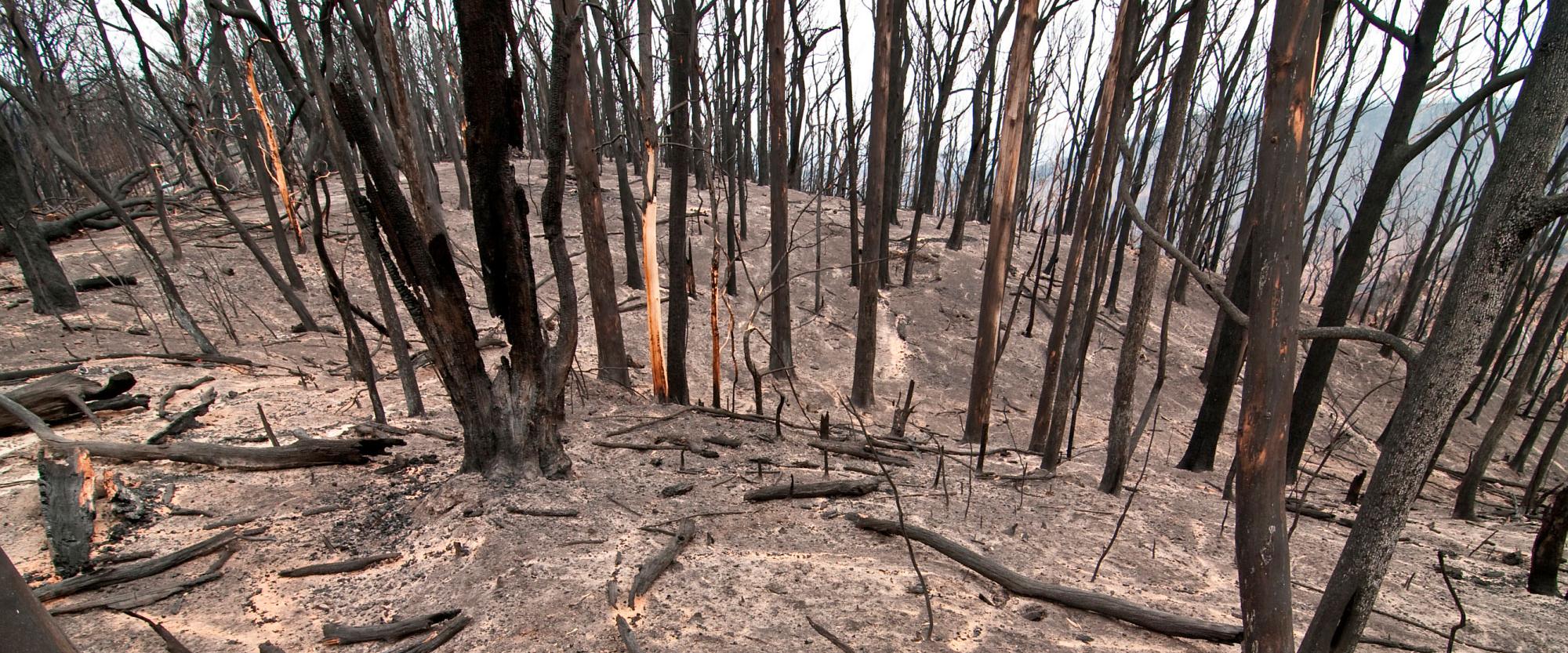
- Year level 5
- Investigations 2
- Activities 8
- Curriculum topic Shaping places
1. Overview of the learning module
Introduction
This learning module provides resources and classroom activities for teachers to use in their Australian Curriculum — Geography Year 5 classrooms.
It supports the Geography knowledge and understanding requirements for the key inquiry questions in the Geography element of the curriculum:
- How do people and environments influence one another?
- How can the impact of bushfires or floods on people and places be reduced?
It does so by exploring two case studies that illustrate key elements of these two themes.
The two investigations provide a rich digital resource for classroom use. They include contextual information, documents, images, scaffolded comprehension, analytical and extension questions, and individual, group and class activities. Using these materials and activities, students can explore aspects of the Year 5 knowledge and skills outcomes specified in the Australian Curriculum — Geography.
The learning module has been designed to draw on the National Museum of Australia’s Defining Moments in Australian History, together with some supplementary resources. Students do not need to visit that site to complete this learning module as the featured Defining Moments information used is available on this site.
Module snapshot
This learning module contains:
Students examine an early colonial painting showing the hunting of kangaroos to help them begin to understand how Aboriginal and Torres Strait Islander people influenced the environment they lived in for thousands of years. They then explore in detail the Budj Bim case study that looks at ways the Gunditjmara people actively managed their environment.
In 2019 Budj Bim, which includes Lake Condah in western Victoria, was declared a World Heritage site — the first site to be declared because of its Aboriginal cultural heritage. In exploring this case study students consider:
- how Indigenous Australians lived in the past
- what influence the environment had over the way they lived
- what influence they had on the environment.
Investigations 2.1–2.4: Bushfires and their consequences
The bushfire case study looks at the various geographical factors that are characteristic of bushfires. Students then examine two bushfires that have become defining moments in Australian history — the 1851 Black Thursday fire and the 2009 Black Saturday fire — and their impacts on people and places.
They complete their investigation by reflecting on the recent 2019–2020 bushfires and considering how fires will almost certainly become a greater factor in shaping the Australian environment and the lives of Australian people.
2. Student activities
Student activities
Investigation 1: Influence of Aboriginal and Torres Strait Islander peoples on the environment
Investigation 2: Bushfires and their consequences
Bringing it together
3. Relevant Defining Moments in Australian History
The learning module draws on the Defining Moments in Australian history, together with supplementary materials. Defining Moments that are relevant to the different inquiry questions in the curriculum include:
|
1851 |
‘The sun became entirely obscured’ — Black Thursday bushfires |
Investigation 2 |
|
2009 |
Investigation 2 |
|
|
2019 |
‘Aboriginal engineering’ — Budj Bim Cultural Landscape given World Heritage status |
Investigation 1 |
Longer versions of the Defining Moments are available on the National Museum of Australia website.
|
1851 |
Investigation 2 |
|
|
2009 |
Investigation 2 |
|
|
2019 |
Investigation 1 |
4. Australian curriculum level and focus
Geographical knowledge and understanding
By the end of this learning module, students will have increased their knowledge and understanding of aspects of place, space, environment, interconnection, change and sustainability through case studies relating to:
- The influence of people, including Aboriginal and Torres Strait Islander peoples, on the environmental characteristics of Australian places (ACHASSK112)
- The impact of bushfires or floods on environments and communities, and how people can respond (ACHASSK114)
Geographical skills
Students will have exercised these learning skills:
Researching
- Locate and collect relevant information and data from primary sources and secondary sources (ACHASSI095)
- Organise and represent data in a range of formats including tables, graphs and large- and small-scale maps, using discipline-appropriate conventions (ACHASSI096)
- Sequence information about people’s lives, events, developments and phenomena using a variety of methods including timelines (ACHASSI097)
Analysing
- Examine primary sources and secondary sources to determine their origin and purpose (ACHASSI098)
- Examine different viewpoints on actions, events, issues and phenomena in the past and present (ACHASSI099)
- Interpret data and information displayed in a range of formats to identify, describe and compare distributions, patterns and trends, and to infer relationships (ACHASSI100)
Evaluating and reflecting
- Evaluate evidence to draw conclusions (ACHASSI101)
- Work in groups to generate responses to issues and challenges (ACHASSI102)
- Use criteria to make decisions and judgements and consider advantages and disadvantages of preferring one decision over others (ACHASSI103)
- Reflect on learning to propose personal and/or collective action in response to an issue or challenge, and predict the probable effects (ACHASSI104)
Communicating
- Present ideas, findings, viewpoints and conclusions in a range of texts and modes that incorporate source materials, digital and non-digital representations and discipline-specific terms and conventions (ACHASSI105)
Interdisciplinary thinking
Students will have engaged with the concepts of:
- significance
- continuity and change
- cause and effect
- place and space
- interconnections
- roles, rights and responsibilities
- perspectives and action.
Cross-curriculum priorities
Students will have been involved in additional learning about aspects of:
- Aboriginal and Torres Strait Islander societies
- sustainability.
Source: The Australian Curriculum Humanities and Social Sciences – Geography, December 2016, accessed May 2019
5. Geography outcomes matrix
All case studies in the learning module have been designed to help students develop the knowledge and skills outcomes specified in the Australian Curriculum — Geography. At the end of each section teachers could use this matrix to help guide student discussion about what they have achieved from the case study. The matrix is suitable to be used from Years 5–10, but with teachers guiding the discussion as appropriate to the particular class.
|
Outcome |
Elaboration or explanation |
Applying this to each case study |
|---|---|---|
|
KNOWLEDGE |
Comprehending the factual elements of systems or features. |
Do you know what the key facts are? |
|
UNDERSTANDING |
Being able to explain how features and systems operate. |
Do you understand how the key features and systems work in the way they do? |
|
PLACE |
The significance of places and what they are like. |
What are the key natural, environmental and human features of the place? |
|
SPACE |
The significance of location and spatial distribution, and ways people organise and manage the spaces that we live in. |
What creates the features, and how are they used? |
|
ENVIRONMENT |
The significance of the environment in human life, and the important interrelationships between humans and the environment. |
What are the key features, how are they used and managed, and with what effects? |
|
INTERCONNECTION |
Emphasising that no object of geographical study can be viewed in isolation. |
How is a place, space or environment connected to others? |
|
SUSTAINABILITY |
The capacity of the environment to continue to support our lives and the lives of other living creatures into the future. |
How is the place, space or environment being used and managed, and can this be continued? |
|
SCALE |
The way that geographical phenomena and problems can be examined at different spatial levels. |
Is the scale personal, local, regional, national or global? |
|
CHANGE |
Explaining geographical phenomena by investigating how they have developed over time. |
How is it similar or different over a time period? |
7. Learning at the National Museum of Australia
Enjoying our online teaching resources? Why not check out what else we have to offer?
We run onsite school programs, digital excursions and teacher professional learning programs.
Discover more about defining moments in Australian history through these curriculum-linked learning activities.






